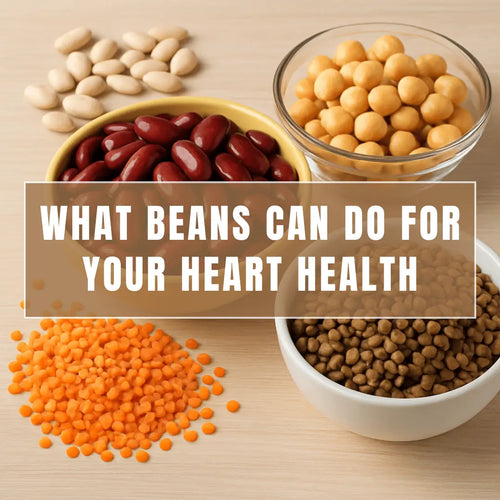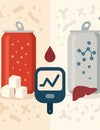
The glycemic index is a way to rate how high a certain food will raise the blood sugar when compared to glucose or white bread. The higher the glycemic index of a food the higher it will raise the blood sugar.
Glycemic load is another way to rate food using both the glycemic index and the amount of carbohydrates in a serving.
There has been controversy for awhile over the effects of dietary glycemic index and glycemic load on the risk of chronic diseases and the important of eating low glycemic index, low glycemic load foods.
Researchers at the University of Sydney looked at studies with 4 to 20 years of follow up investigating if the glycemic index, load had any impact on chronic disease (Barclay AW, et al, 2008). They found a positive association between glycemic index and glycemic load for type 2 diabetes, coronary heart disease, gall bladder disease, breast cancer and also all disease combined.
The conclusion was that their findings support the hypothesis that higher blood sugar levels after eating is a universal mechanism for disease progression.
An example of a very low glycemic index meal would be a salad with beans which also is high in micro nutrients. This type of meal will stabilize your blood sugar and give you prolonged energy.
Reference:
Barclay AW, et al. Glycemic index, glycemic load, and chronic disease risk—a meta-analysis of observational studies. Am J Clin Nutr. 2008 Mar;87(3):627-37.









